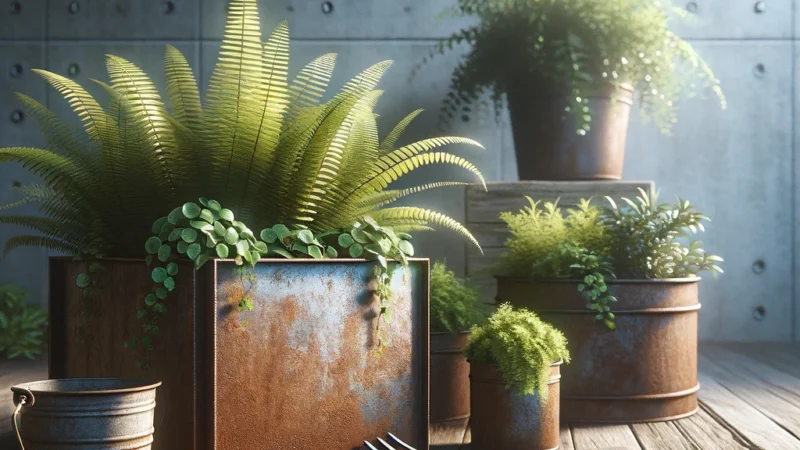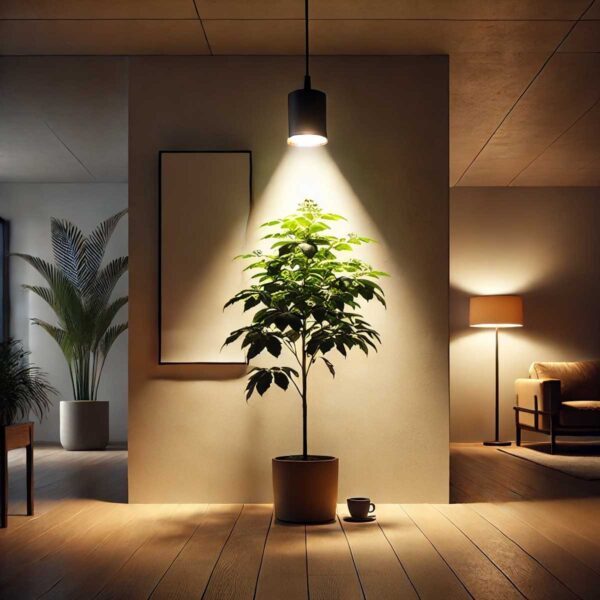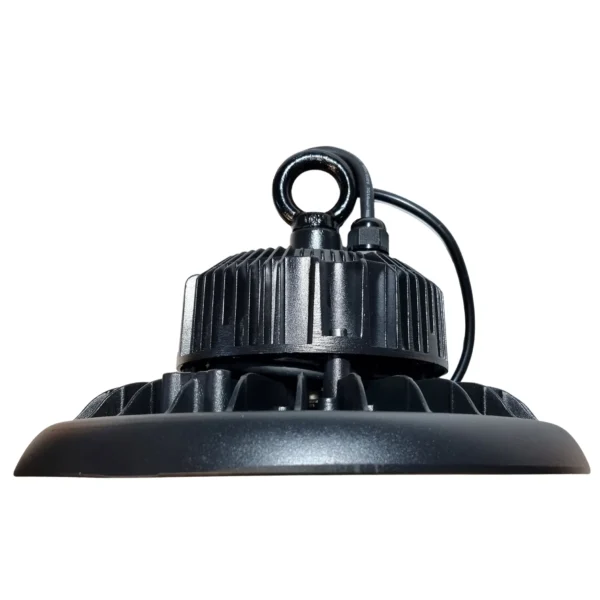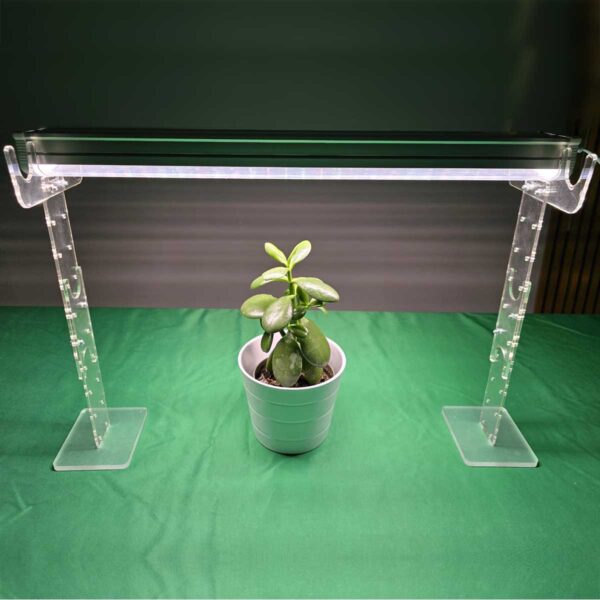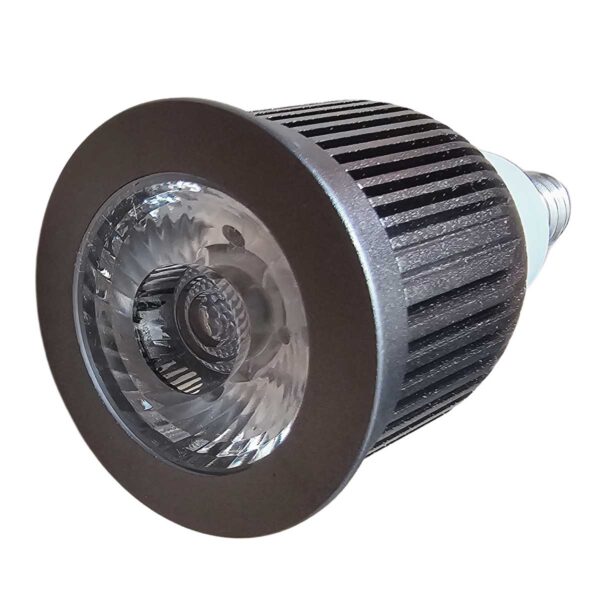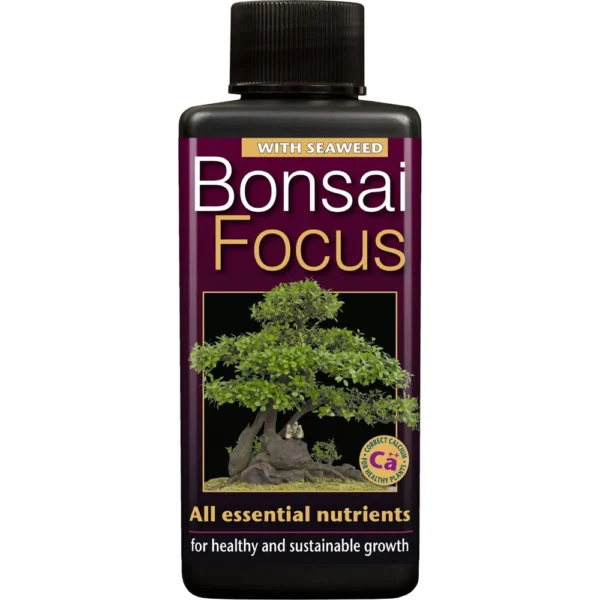Plant boxes have become an essential element for any gardening enthusiast who wants to bring structure, beauty, and practical functionality to their outdoor space. Whether it's for a lush flower garden, a nourishing vegetable garden, or simply as decorative elements on the patio, planters offer a versatile solution.
They allow you to optimise space efficiently while creating optimal growing conditions for plants. With a wide range of materials and designs, planters can be customised to suit any outdoor space and personal style. This guide explores how you can utilise planters to create a vibrant and inviting outdoor space.
Table of contents
TogglePlanter Boxes: Your Guide to a Lush and Vibrant Garden
Plant boxes opens up new ways to integrate green into our lives, whether it's on a spacious terrace, an intimate balcony or in the centre of a lush garden.
This guide will explain in detail how you can use planters to effectively transform your outdoor space. We'll also explore how they can maximise your growing potential and create living, breathing works of art in your own outdoor space.
Planter boxes are not only functional; they also add aesthetic value, making them an ideal solution for those who want to combine form and function in their gardening. Adaptable to different plant needs, from deep root systems to shallow plantings, they support healthy plant life by ensuring good drainage and soil quality.

Create a Living Work of Art with Diverse Planter Boxes
The diversity of planters offers a wide range of options, ranging from sturdy wooden constructions to elegant metal variants, from simple and minimalistic designs to charming rustic expressions. This diversity ensures that no matter your personal style or the aesthetic requirements of your outdoor space, you can find the perfect solution. Imagine how a series of beautifully crafted wooden planters can create a natural and warm setting for your terrace, or how a set of sleek metal planters can introduce a modern and stylish element to your balcony.
In addition to the wide range of materials and designs, planter boxes also allow you to experiment with different types of plants and arrangement styles. From lush flower arrangements to a selection of kitchen herbs and vegetables, you can create a vibrant tapestry of greens and scents that add life and character to your outdoor space. This is an invitation to personalise every corner of your outdoor space, where you can mix and match different planters to create unique contrasts or harmonious transitions.
Additionally, using a planter box in your outdoor space can help define different zones or create intimate seating areas where you can enjoy the tranquillity and beauty of your gardening. By choosing a planter box that complements or contrasts with your existing outdoor décor, you can transform your outdoor space into a more inviting and functional place. Whether you prefer the rustic charm of reclaimed wood, the industrial look of galvanised metal or the clean and modern look of ceramic, the diversity of planters gives you the freedom to express your personal style and create an outdoor space that is not only beautiful, but also reflects your individual taste and lifestyle.
What to plant in planter boxes
Flowers
- Seasonal flowers: Petunia, marigold and snapdragon for colourful blooms.
- Perennials: Lavender, cranesbill and funkia for long-lasting beauty.
- Climbing plants: Honeysuckle and clematis, ideal for vertical interest.
Kitchen herbs
- Aromatic herbs: Basil, thyme, rosemary and mint, perfect for culinary use.
- Salad vegetables: Lettuce, spinach and rocket, easy to grow and harvest.
Vegetables
- Root vegetables: Carrots, radishes and onions that require deeper planters.
- Leafy greens: Cabbage, chard and kale that thrive in cooler temperatures.
- Tomatoes and peppers: Require support but are very productive in plant pots.
Shrubs and small trees
- Decorative shrubs: Azaleas and rhododendrons for colourful blooms.
- Fruit-bearing trees: Dwarf citrus trees, such as lemons and oranges, which can thrive in larger planters.
Succulents and cacti
- Drought tolerant plants: Aloe vera, sedum and echeveria that require minimal watering.
Shade tolerant plants
- Shade-loving plants: Ferns and funkia, perfect for areas with limited sunlight.
By choosing plants according to your planter size, location (sunny or shady) and soil type, you can ensure a healthy and attractive plant environment. It's also important to consider the plant's expected growth height and root development to ensure the planter can meet its needs.
If you are unsure of what else can be done, you can follow our colleagues with their guide here to what can be planted!!!(English guide)

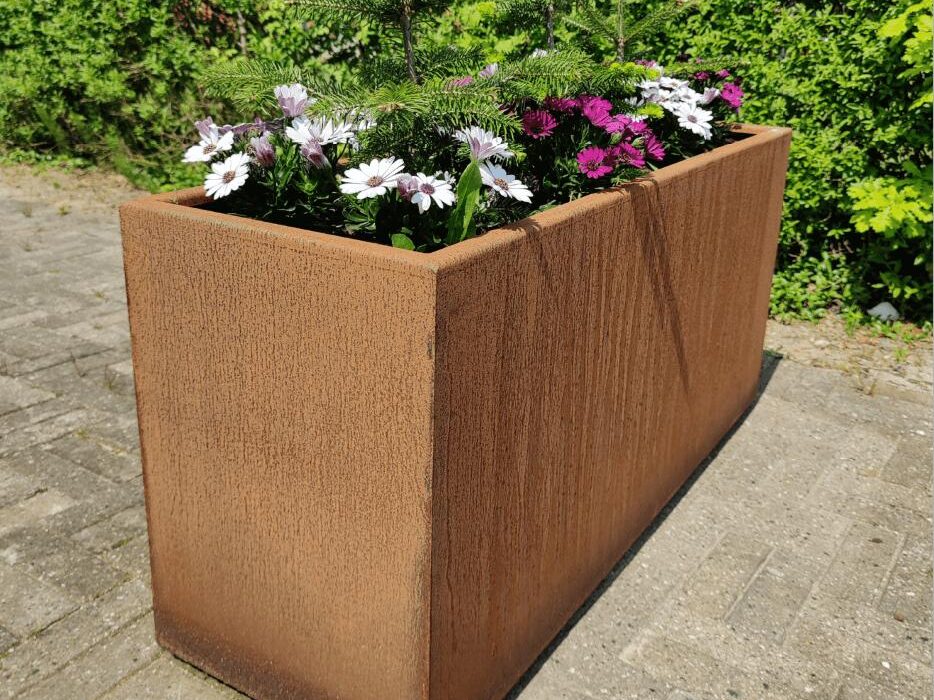
Optimise Your Gardening with Planters
One of the most significant benefits of implementing a planter box in your gardening is undoubtedly the significant improvement in ergonomics. When you place your green treasures in a planter box that is strategically raised from ground level, the need to constantly bend and kneel is significantly reduced.
This transforms gardening from a potentially back-straining affair into a much more comfortable and physically gentle activity. Furthermore, a planter box offers a unique opportunity to precisely regulate soil quality and moisture levels, which play a critical role in ensuring the optimal health and growth of your plants. This control is especially valuable in varying climate conditions where the natural balance of the soil can be disturbed, and where planters can therefore be essential to maintaining a stable growing environment for your plants.
Pest safety and easy maintenance
Plant boxes offers an effective solution to protect your plants from pests and diseases. By raising plants off the ground, it makes it harder for slugs and other unwanted guests to reach them. In addition, maintaining and replacing soil in a plant box a simple process that ensures your plants always have the best growing conditions.
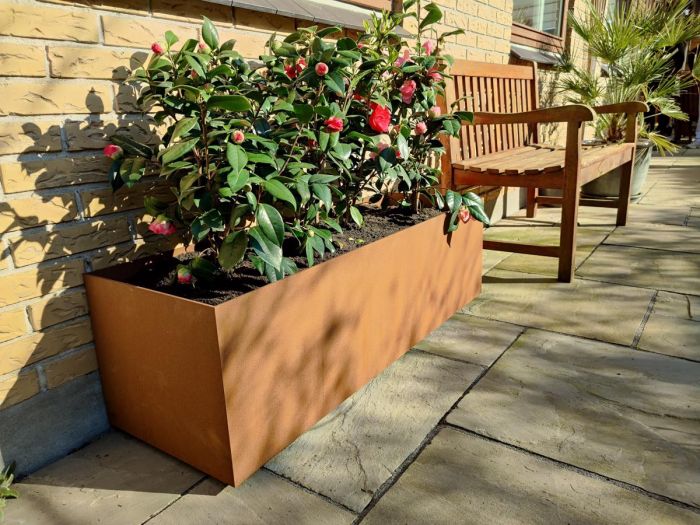
Customisation and Creativity with a Planter Box
Plant boxes offers unlimited possibilities for customisation and creativity. Whether you want to grow a thriving flower garden, a practical vegetable garden, or a mix of both, a plant box allow you to experiment and create exactly the outdoor space you dream of. Their versatility also makes it possible to change the arrangement according to season or personal preferences.
What is the difference between planters and planters?
Before we dive into the world of planters, let's briefly clarify the difference between a planter box and a planter tray. While both serve the same purpose - to provide a home for your plants - the difference lies in design and application. Plant boxes are often lower and wider, designed to stand on the ground or on flat surfaces. They are ideal for growing a wide range of plants, from vegetables to flowers. Plant foammore are typically larger and deeper, sometimes built to accommodate larger plants and trees, and can be made of heavier materials such as concrete or metal, making them a permanent feature in the landscape.
Enjoy the Benefits of Planter Boxes
Plant boxes are brilliant for getting plants out of the ground. This makes it harder for pests to attack and reduces the risk of plant diseases. They also make gardening easier and your outdoor space more attractive with their structured look.
Corten steel planter boxes
Corten steel gives planters a cool, modern look that lasts for years. They are easy to move around and are suitable for both the garden and the living room. The developing rust patina protects the steel from further rusting.
Planter boxes on wheels
Wheels on a planter box mean mobility. It's great if you need to move heavy plants to catch the sun's rays. With wheels, you avoid heavy lifting and give your plants the best light.
Indoor planters
Use planters indoors to bring nature closer. They look great in the home and can be used for both large and small plants. Different materials such as wood, metal and plastic mean there's something for everyone.
Planter Box Balcony
A wheeled planter box is also ideal for the balcony. While they're easy to move around, remember that soil, plants and water add extra weight. It's a good idea to think about how much your balcony can carry.
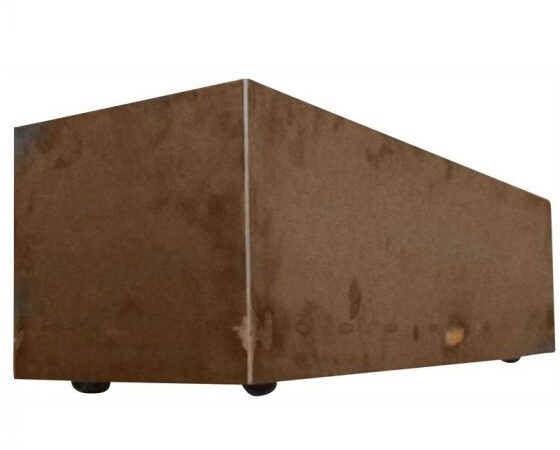
| Characteristic | Plant boxes | Plant basins |
|---|---|---|
| Size | Often lower and wider, suitable for smaller spaces. | Larger and deeper, designed for larger plants or trees. |
| Materials | Made from a wide range of materials including wood, plastic and metal. | Often made from more durable materials such as concrete, corten steel or heavy metal. |
| Mobility | Generally lighter and more mobile; some models have wheels. | Heavier and less mobile, intended as permanent installations. |
| Application | Ideal for herbs, small flowers and vegetables. | Can accommodate larger plants and trees, suitable for distinctive landscape features. |
| Installation | Can be easily moved and rearranged as needed. | Often requires a more permanent location due to weight and size. |
| Aesthetics | Variable design that can be customised for many outdoor decorations. | Tends to offer a more robust and lasting visual impression. |
Choose the Right Planter for Your Needs
When choosing a planter for your outdoor or indoor space, it's crucial to consider both its functional properties and aesthetic appeal. This choice can significantly impact not only the health and growth of your plants, but also the overall look and feel of your garden or living space. Therefore, it's important to consider a number of factors to ensure you make the best choice for both your plants and your space.
Material selection is fundamental. You can choose from a wide range of materials, each with their unique benefits and aesthetics. Corten steel is a popular choice for many garden owners as it develops a distinctive rust patina that gives a warm, natural feel and adds a unique aesthetic to your garden. This patina also forms a protective layer that prevents further corrosion, making corten steel a durable and long-lasting material for planters. On the other hand, if you prefer a more modern and industrial look, Magnelis steel may be the right choice. This material is known for its high resistance to corrosion and its ability to withstand harsh weather conditions, making it an ideal solution for outdoor use.

FAQ Frequently asked questions
Planting in a planter box starts with choosing the right type of soil to suit the plants you want to grow. Fill the planter with a quality soil mix and make sure there is sufficient drainage at the bottom to avoid waterlogging. The plants should be placed at the recommended distance from each other, depending on their specific growth needs. Water well after planting to establish the plants.
In a planter box you can plant a wide variety of plants, including vegetables like tomatoes, carrots and lettuce, herbs like basil and parsley, as well as flowers to create a colourful display. The choice of plants depends on the size of your planter and the light the area receives.
To ensure good drainage and prevent the soil from washing out, it's a good idea to place a layer of gravel, leca balls or a drainage layer of coarse material at the bottom of the planter box. This layer helps to retain the soil while allowing excess water to drain away.
Planter boxes are particularly suitable for growing root vegetables, leafy greens, herbs and low-growing flowers. They are also ideal for those who want to grow plants in limited space, such as a balcony or small terrace. Planter boxes are also suitable for creating raised beds for a more ergonomic gardening experience.
Maintaining planters involves regular watering, fertilising according to the plant's needs, and pruning dead or diseased parts to promote healthy growth. It's also important to check for pests and diseases that can affect plants. After the season, it may be necessary to replace or improve the soil to ensure it remains nutrient-rich for the next planting season.
To protect plants in planters from frost, you can cover them with frost protection material such as straw, leaves or a special frost protection cover at night. For extra insulation, you can also enclose the planter box itself with insulating materials such as bubble wrap or styrofoam.
Relevant products
-
- Sale!
Grow light pendant with cord 24Watt
-
DKK 1.360,00Original price was: DKK 1.360,00.DKK 997,00Current price is: DKK 997,00. - Add to basket
Item no.: 26104 -
Grolys lamp 150Watt LED waterproof 15,000Lm
- DKK 999,00
- Add to basket
Item no.: 26102 -
- Sale!
SunLight T20 Pro-Gro 50Watt Full spectrum Grolys
-
DKK 597,00Original price was: DKK 597,00.DKK 499,00Current price is: DKK 499,00. - Add to basket
Item no.: 26103 -
Organic Red Clover microgreen seeds
- DKK 69,00 – DKK 890,00
- Select options This product has multiple variants. The options may be chosen on the product page
Item no.: 28351 -
- Sale!
Grolys spotlight E14 with full spectrum white light, 5000K
-
DKK 117,25Original price was: DKK 117,25.DKK 99,00Current price is: DKK 99,00. - Add to basket
Item no.: 14043 -
Plant wall pot for hydroponic growing
- DKK 249,00
- Add to basket
Item no.: 28340 -
GREENFUSE ROOT 300ML
- DKK 195,95
- Add to basket
Item no.: 28346 -
BONSAI FOCUS 100ML
- DKK 39,95
- Add to basket
Item no.: 28345


